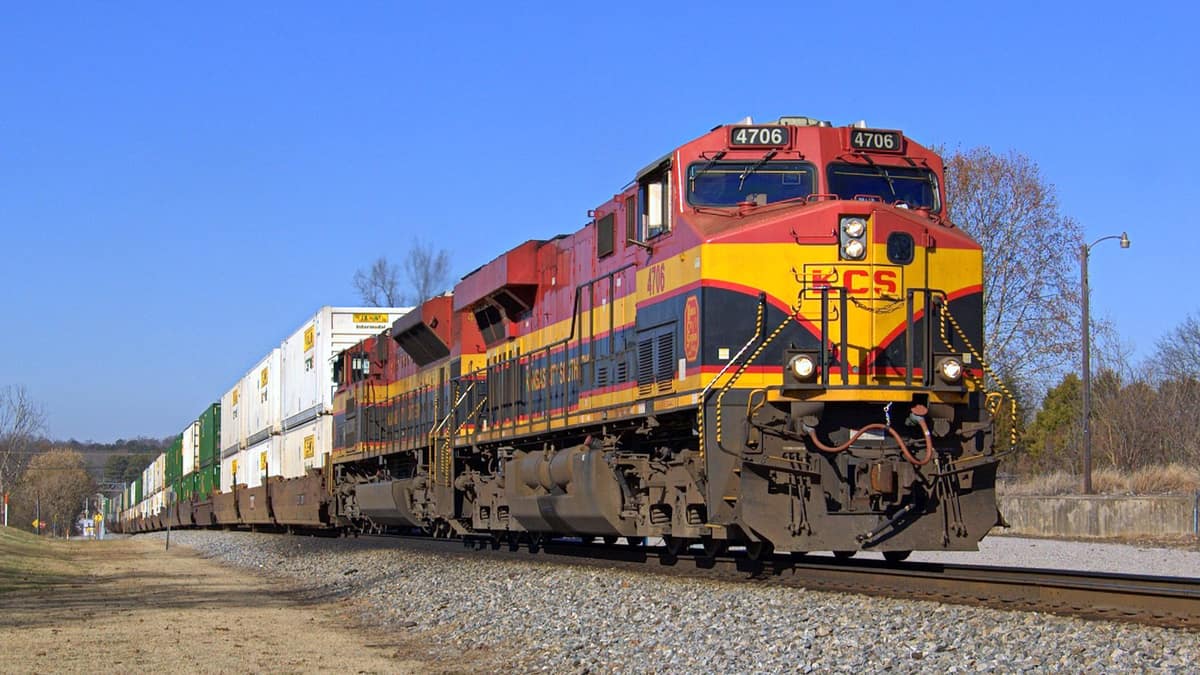Intermodal volumes continue to improve, down 10.6% year-over-year but beating the trailing four-week average as they have in prior weeks. But keep in mind that 2019 was a weak year for freight markets and a soft year for intermodal volumes: The mode is well into a multiyear volume decline that will likely only be reversed by a significant inflection in trucking markets. All of that adds up to a very weak Q2 for intermodal marketing companies and their railroad partners.
We view rising tensions in the already-fragile U.S.-China trade relationship (discussed in more detail below) as the return of political risk to the trans-Pacific trade lane. Port volumes, drayage and intermodal were disrupted by previous escalations of the trade war, and if the current situation continues to deteriorate, we expect more of the same.
For ocean freight on the trans-Pacific, that would mean lower volumes, uncertain service and another imbalancing of container assets, filtering through to trucking and intermodal.
On the East Coast, trade flows should begin growing again soon. Europe is emerging from its lockdown, which should “push” freight across the Atlantic, while American consumers are spending more money, “pulling” freight to our shores. Those trends coinciding should support import volumes in Savannah, Georgia, and New York/New Jersey, which have been underperforming year-ago levels.
Members Only
You have selected content that's only available to members of FreightWaves Passport. As a member, you gain immediate access to the most in-depth and informative freight research available. It's your gateway to continuing education.
Members also get:
- Access to exclusive community dedicated to discussing the most important challenges facing freight.
- Monthly and Quarterly Freight Market reports keeping you informed of industry trends.
- Much, much more!
Click below to learn more and sign up today!
Subscribe
Existing Passport subscribers may log in using the form below.
